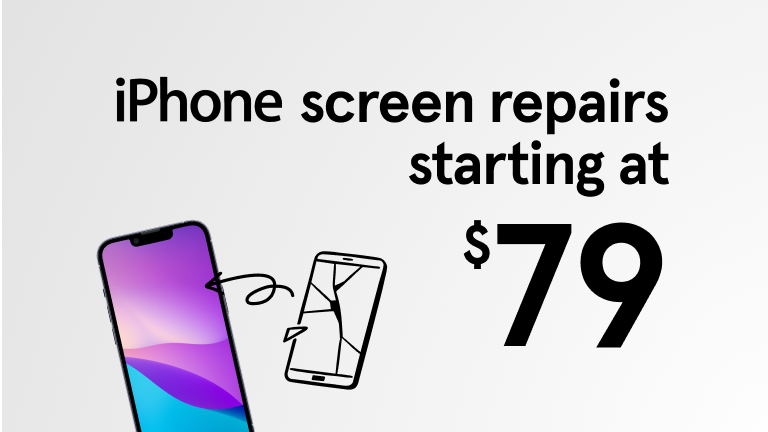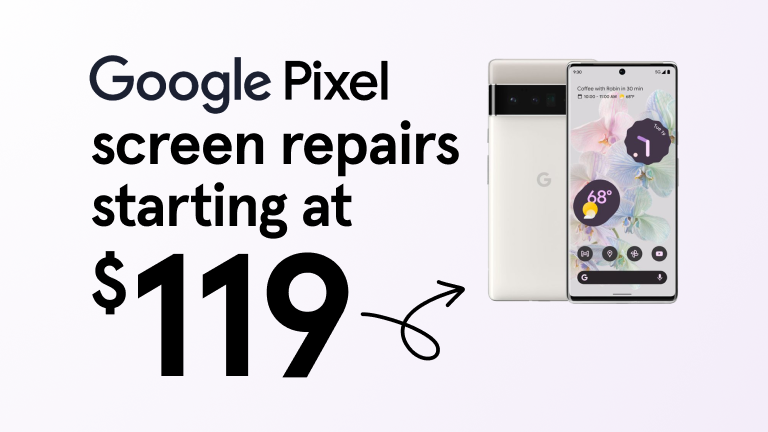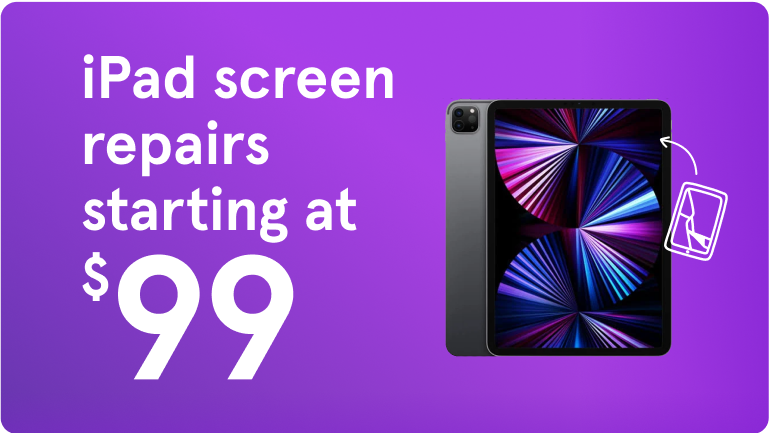- All Locations
- Washington
- Millplain
uBreakiFix - Phone and Computer Repair - Millplain
uBreakiFix - Phone and Computer Repair - Millplain
Same-day repairs
Quality parts and upgrades
We fix anything with a power button
Select a device to get started.
Have a protection plan? Start a claim.
uBreakiFix—now by Asurion
uBreakiFix® and Asurion are now uBreakiFix by Asurion, providing even better service along with the same great quality repairs.
We fix phones, computers, tablets, game consoles, and more
Have your Google Pixel™ put back in one piece by an authorized repair provider
Schedule a repairSchedule a repair
Not sure what’s wrong? Let us take a look.

Speedy service
Most repairs done in 45 minutes or less.

We'll beat any local competitor’s published price for the same repair by $5.

Most repairs come with our hassle-free warranty—valid at any location.
Visit our Millplain store

Stop by our Vancouver, WA store, and one of our experts will fix your tech with or without an appointment. Can’t come in? We have mobile repair vans that’ll come to you.
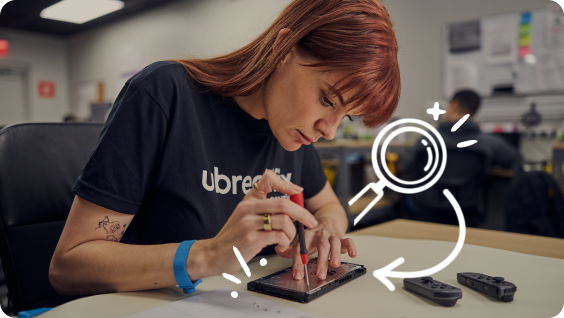
The team at our Vancouver, WA store can repair your devices and resolve your tech problems too. Not sure what’s wrong with your device? We'll run a free diagnostic.
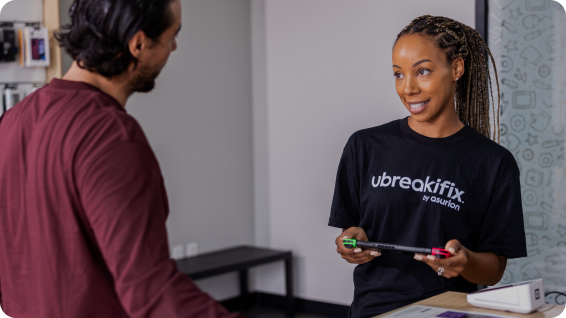
When customers visit our Vancouver, WA store, they receive fast, affordable repairs—most repairs done in 45 minutes or less, and come with our hassle-free 1-year limited warranty.
What our Millplain customers are saying
OUT OF 302 REVIEWS
4.3
STAR RATING
Whether you had a stellar experience or you think there’s room for improvement, please let us know. We value your experience at our stores above anything else. We want to hear from you!
George N
06/23/2023
Samsung Galaxy S22 Ultra 5G Repair | Millplain
Courtney M
06/18/2023
Samsung Galaxy Z Flip4 Repair | Millplain
Adam F
06/09/2023
Other Device | Millplain
What can we fix for you today?

Have old devices? Bring them in.
We partner with Samsung to securely and responsibly recycle tech.Learn More
Your tech. Fixed.
We repair the devices you rely on most. Here are some of the issues we can help resolve:
Electronics, phone, and computer repair in Vancouver, WA at uBreakiFix® by Asurion
For the best electronics or computer repair in Vancouver, visit your local uBreakiFix by Asurion store. Our experts are highly-skilled, friendly, and ready to help. We offer phone repair, like screen replacements for iPhone® devices or Galaxy speaker repairs, tablet repairs for devices like Surface Pro® or iPad® tablets, PC or laptop repairs for everything from Dell® to Lenovo®, game console repairs for your Xbox®, Nintendo Switch®, or PlayStation®, and solutions for all kinds of other electronics too.
Certified experts and complimentary diagnostics
uBreakiFix by Asurion stores provide a no-cost diagnostic service to ensure full transparency throughout our repair process. Whether you try out our mail-in services, call ahead to schedule an appointment, or simply walk in, trust our skilled professionals for the top fix in town. We offer an up-front diagnostic and estimate prior to all repair services, whether you opt for an iPhone screen replacement, iPad repair, or another fix—and our price-match guarantee means we’ll gladly meet any regularly published local competitor's price for the same repair, then give you another $5 off too.*
Professional electronics repair in Vancouver
Our stores perform every repair using quality parts made to the exact original equipment manufacturer (OEM) specifications. We partner proudly with Samsung® and Google® to provide authorized service for all sorts of devices, including for our tablet repair and phone repair services. uBreakiFix by Asurion Experts use replacement parts that are regularly tested for quality assurance, and take pride in providing a simple repair experience for every tech-lover who comes to our store.
Get your tech working again
You rely on your computer, phone, or tablet to enjoy shows, chat with family and friends, or finish your work. When it isn’t working the way it should, you need to get things fixed fast. That's why we’re here to help get your tech working again quickly. Many simpler tablet or phone repair services are completed the same day, often within 2 hours or less. Phone screen replacements, tablet battery repair, PC virus removal: Our experts can handle it all, having completed more than 14 million repairs to date. Consider us your catch-all shop for everything related to electronics repair in Vancouver.
Computer repair in Vancouver, WA
At our store, getting a computer or laptop repair in Vancouver is simple. Wondering how you can get the battery replaced on your PC, like a Lenovo® or MacBook® laptop? We offer fixes ranging from MacBook repair to Alienware updates. Our team works tirelessly to make your fix process effortless and easy, and we provide a 1 year limited warranty for all our repairs. If you've been searching the web for a "computer repair near me," you've found it. uBreakiFix by Asurion Experts will work with your schedule to make sure your laptop or computer repair is finished promptly and your tech is returned to you in top shape.
Bring your broken tech to the local pros today.
** Our repairs come with a 1-year limited warranty, valid at all our locations. The only exceptions are liquid damage repairs or if we’re working on your device through your Original Equipment Manufacturer warranty or some other coverage plan. Then the terms of that coverage would apply.









